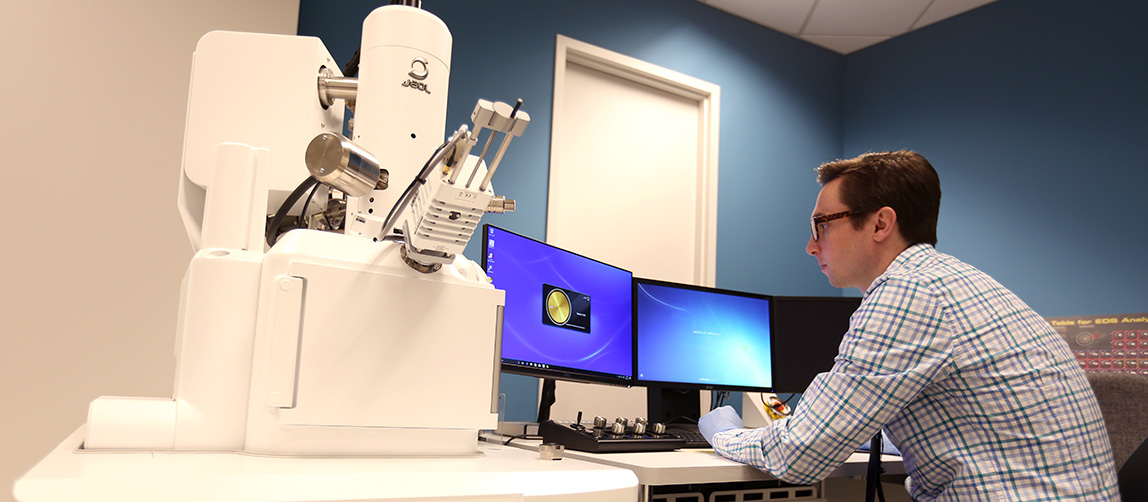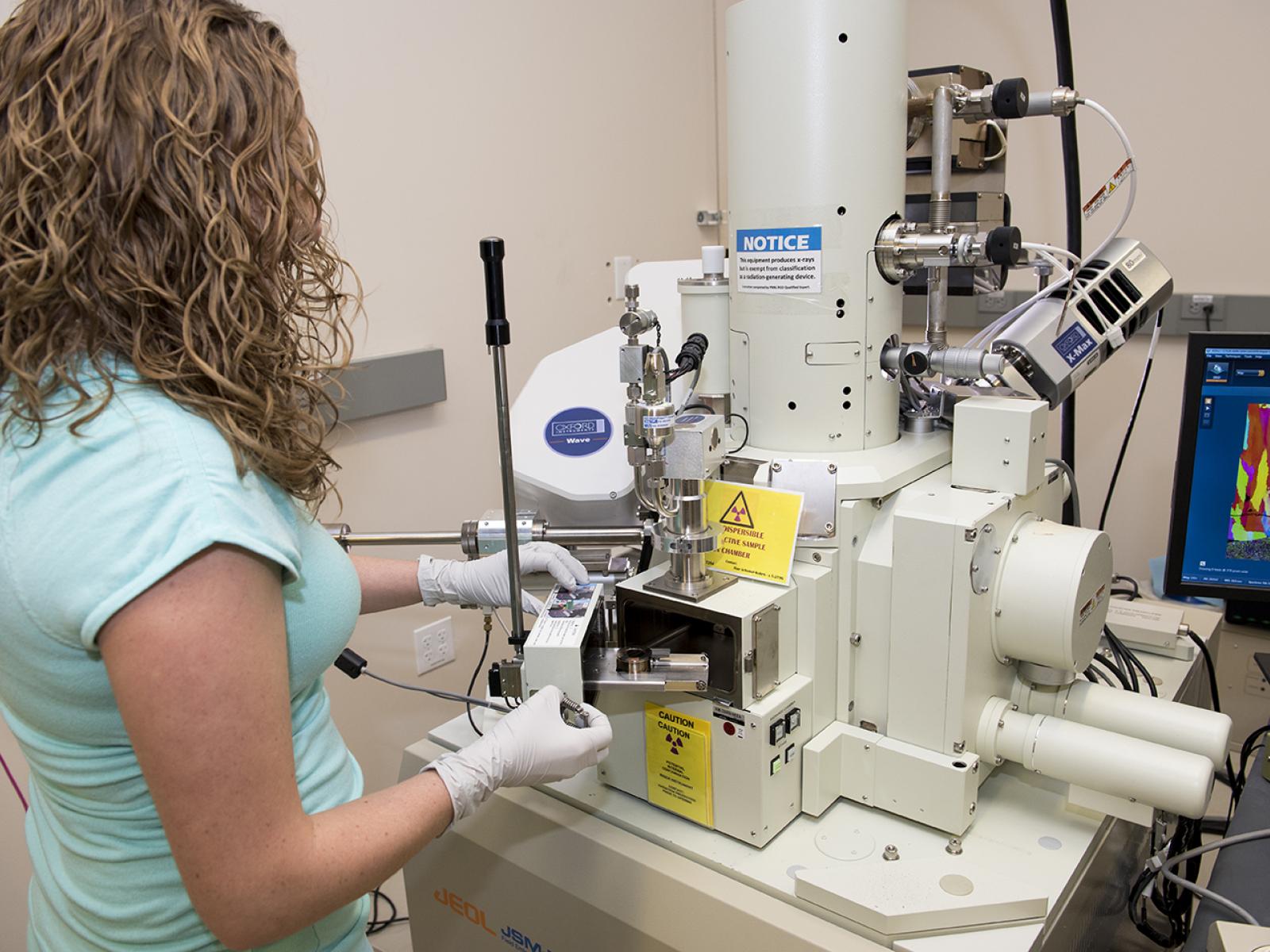We all find the world of microorganisms quite fascinating. There are rare microscopic parasites available like staphylococcus to liver fluke. While some bacteria are good for our health, others are bad. Whatever is the case, there is a need for a light microscope and electron microscope to detect the same and carry out the required research on them. This field requires constant research as new discoveries keep coming into effect every other day. It’s like there is a bacteria that is somewhere waiting to be discovered and analyzed. That’s what brings the need for microscopes. The decision to choose the type of microscope is purely dependent on the organism and what research is required related to the same.
Table of Contents
The Optical Light Microscope: Introduction & Maximum Magnification
The compound light microscope uses optical light and lens and comes with low microscope preventive maintenance. They bend the light beam and magnify the specimen kept in the microscope. The objective lens used in this microscope comes with variable magnifications. On the other hand, ocular lenses come up with fixed magnifications. These are suitable for analyzing single-celled organisms or parasites. You will find decent magnification, but that’s not as good as the others.
There is a specific rule to determine the total magnification in an optical microscope. It involves the multiplication of magnification of the objective lens with the data from the ocular lens. In general, we can say that the magnification power remains around 1000 times that of the original value.
The Scanning Electron Microscope: Introduction & Maximum Magnification
The scanning tunnelling electron microscopes do not use light or lenses to magnify the image. Instead, they prefer to use electrons to form a magnified image. Place the specimen in the bottom of the chamber and pump out all the air from there, creating a vacuum. Fire the electron beam and try to focus on a single spot of the specimen. You can find the beam being diffracted among multiple mirrors, but that needs to be avoided. Various scanning coils move around objects considering the beam. That’s where silicon drift detectors come into play.
The electron beam starts bumping, and silicon drift detectors start picking them. Once they are amplified, you will find these electrons converted into the image that can be displayed on the monitor. These microscopes are able to provide high-resolution images with additional magnification power. When comparing other solutions available in a similar domain, you wouldn’t find any other choice with such powerful results.
Which Is The Right Choice Between The Two?
Well, the choice varies with the usage and research type, yet we would like to conclude with all facts to make the decision easier for everyone. While selecting between a light microscope and electron microscope, think about the objective with the same. What are you trying to do, and what all other resources are available. The scanning electron microscope is the most effective tool in terms of technology standards, but it comes with certain drawbacks. Main is the high-cost factor of an electron microscope that could go up to $1 million. Hence, it doesn’t suit the common usage for enthusiasm. It can be considered the ideal microscope for high-scale research.

Another drawback is the use of scanning electron microscope. You will need a very long time to learn the usage properly. It is said that an electron microscope expert has to invest years of time. On the other hand, a compound microscope takes very little time for training and comes with budget prices as well. It also turns out to be in the perfect size and design for the professional & amateur microbiologist. To make the decision more simplified for you, below are some of the core differences between the two:
- Light microscopes are simple and oldest, while electron microscopes are new and complex to use.
- Optical microscopes are cheaper and easier to maintain. While the electron microscope is costly and requires huge microscope preventive maintenance too.
- The light microscope needs a simple lens, unlike the electron microscope, which uses an electromagnetic or electrostatic lens.
- The optical microscope has a magnifying power of 1000 times. But, electron microscopes can offer a resolution up to 1,000,000 times.
- The light microscope uses photons (light energy), while electron microscopes use electrons (that offer great magnification). Since the electron wavelength is low, hence the acceleration of electrons is higher that leads to better magnification.
Conclusion
Hence, we can conclude that electron microscopes are suitable for better detailing but are costly and have high maintenance. If you have budget constraints, go for the light microscope as they can offer decent results at cost-friendly prices. Semtech solutions can provide the best-in-class electron and light microscopes at an affordable price range and all features.

